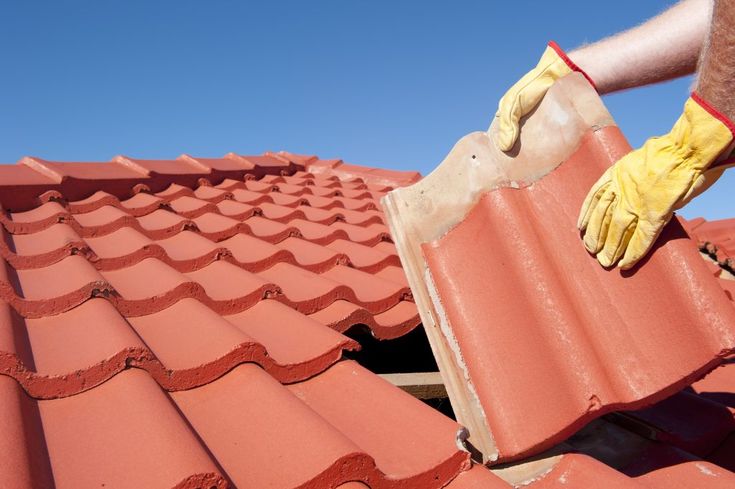
Budget-Savvy Strategies for Outdoor Spaces
Creating an inviting outdoor area for businesses doesn’t have to break the bank. With a touch of creativity and strategic planning, we can craft enchanting, functional outdoor settings that beckon employees, clients, and customers alike. From cozy conversation spots under pergolas to lively evening fire pits, the possibilities for enhancing any commercial exterior are endless Affordable outdoor design .
Maximizing Function and Style
It’s all about blending utility with beauty when it comes to outdoor designs. Envision intimate seating arrangements that foster connections, or imagine a tranquil hammock spot for ultimate relaxation. Our approach ensures every design is not only visually appealing but also serves its intended purpose effectively.
Adapting to the Climate
A key to successful outdoor space design lies in working harmoniously with the local weather. Whether it’s selecting heat-tolerant flora for sunny areas or implementing water-efficient xeriscaping in drier climates, tailoring your design to the environment not only saves on maintenance costs but also ensures your space thrives year-round.
Choosing Durable, Low-Maintenance Materials
Longevity and ease of upkeep are paramount in selecting materials for outdoor spaces. Opt for weather-resistant furniture and decorative elements that maintain their allure with minimal effort, ensuring your outdoor area remains a perennial highlight of your commercial property.
Innovative Design Concepts for Small Budgets
Even with limited resources, transforming a compact outdoor area into a vibrant, multifunctional space is entirely achievable. Let’s explore how to make the most of small spaces, adapt to the climate smartly, and select materials that stand the test of time without requiring constant care.
Smart Solutions for Compact Spaces
For areas where space is at a premium, integrating multifunctional features is crucial. Think of patios that double as dining areas or decks that offer serene lounging options. Utilizing vertical gardening or tiered planters can introduce greenery without consuming valuable square footage, enhancing the sense of spaciousness.
Landscape with Climate in Mind
Designing with the local climate in mind not only ensures your outdoor area is sustainable but also cost-efficient. Incorporating native plants or adopting xeriscaping principles can significantly reduce water usage and maintenance demands, making your outdoor space both beautiful and practical.
Selecting Hardy Materials
Investing in materials that can withstand the elements and require minimal upkeep is key for a budget-friendly design. Options like fiberglass for planters and wrought iron for furniture offer durability and style, ensuring your space remains inviting with minimal maintenance.
Turning Outdoor Areas into Revenue Generators
Beyond mere aesthetics, outdoor spaces can be ingeniously designed to contribute to a business’s revenue. Especially within the hospitality sector, a well-curated outdoor area can attract additional clientele, offering a comfortable and stylish setting for dining, socializing, and events. This approach not only elevates the customer experience but also serves as a profitable extension of your business.
In conclusion, by prioritizing functionality, climate adaptiveness, and the selection of durable materials, we can unlock the full potential of any commercial outdoor space. Even on a tight budget, these strategies enable us to create enchanting exteriors that invite engagement and contribute to a business’s success.

